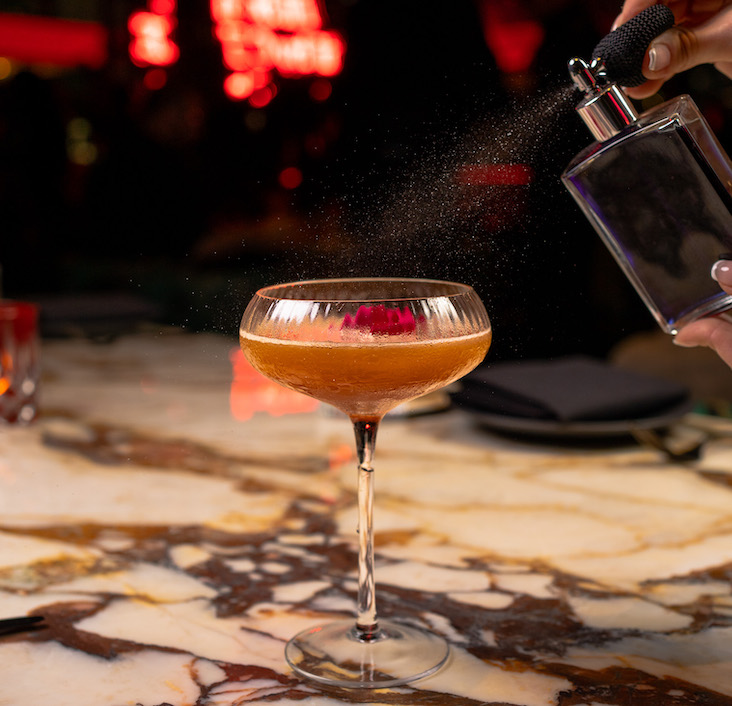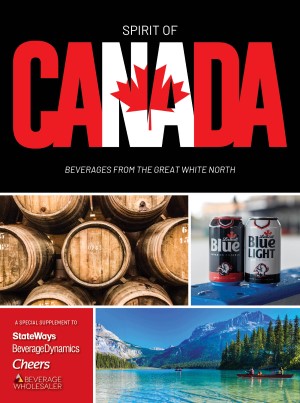And while it might lack the name recognition of Napa or Sonoma, this Central Coast community is emerging as one of California’s fastest-growing wine regions.
“I think it’s really finding its own sense of identity,” says Lisa Redwine, who carries two Paso Robles wines by the bottle (a Minassian-Young Zinfandel at $35 and a Niner Sauvignon Blanc at $28) as manager and wine director of the Shores Restaurant in La Jolla, California. “You’re hearing about different [sub] regions of Paso. It’s not generic. You have West Side, East Side, and what’s exciting is that people are finding their own identity and really integrating things like alcohol and varietals. You don’t really get to see that often. Napa’s really developed. So is Sonoma. So seeing Paso emerge is really exciting.”
The area has more than 200 wineries and 26,000 vineyards, according to Stacie Jacob, executive director of the Paso Robles Wine Country Alliance, numbers that have tripled over the past 15 years.
Founded on zinfandel, the state’s heritage grape, and with a strong presence in Bordeaux varieties from cabernet sauvignon to Bordeaux-style blends, Paso Robles is witnessing an increase in other grape varietals.
“The Rhône varieties have become quite popular in the Paso Robles [American Viticultural Area],” Jacob says. “Syrah, grenache, mourvedre, roussanne and viognier lead the Rhône variety acreage. In addition the AVA has a lot of cabernet sauvignon, merlot and Zinfandel planted. The most widely planted red varieties include cabernet sauvignon, merlot, syrah and zinfandel. Paso Robles produces more than 40 wine grape varieties. We are seeing more and more blending of varieties coming from the Paso Robles AVA.”
None of that is really news to Brad Dixon, sommelier at Tampa, Florida’s Bern’s Steakhouse, which seats 350 in the dining room and another 325 in an upstairs dessert room.
The steakhouse, featuring a constantly changing wine list of more than 6,500 selections, has been buying Paso Robles wines since the 1970s, always offering some by the glass (five-ounce pours) and bottle, such as a Justin Cabernet Sauvignon ($10.85, $49.95) and an Estancia Meritage ($13.10, $58.95). “I think Paso Robles has emerged,” Dixon says.
“The past five years have been focused on branding Paso Robles wines on the national front,” says Jacob, adding that Paso Robles’s largest distribution areas, outside of California, are Texas, Arizona and Florida. “The region has been on an aggressive branding campaign to create awareness for the diversity of the wines grown and makes its claim to why Paso Robles belongs on the retail shelf and restaurant list.”
Dixon thinks Paso Robles will only improve, in terms of wines and consumer awareness. “They seem to be on the right track out there.”




